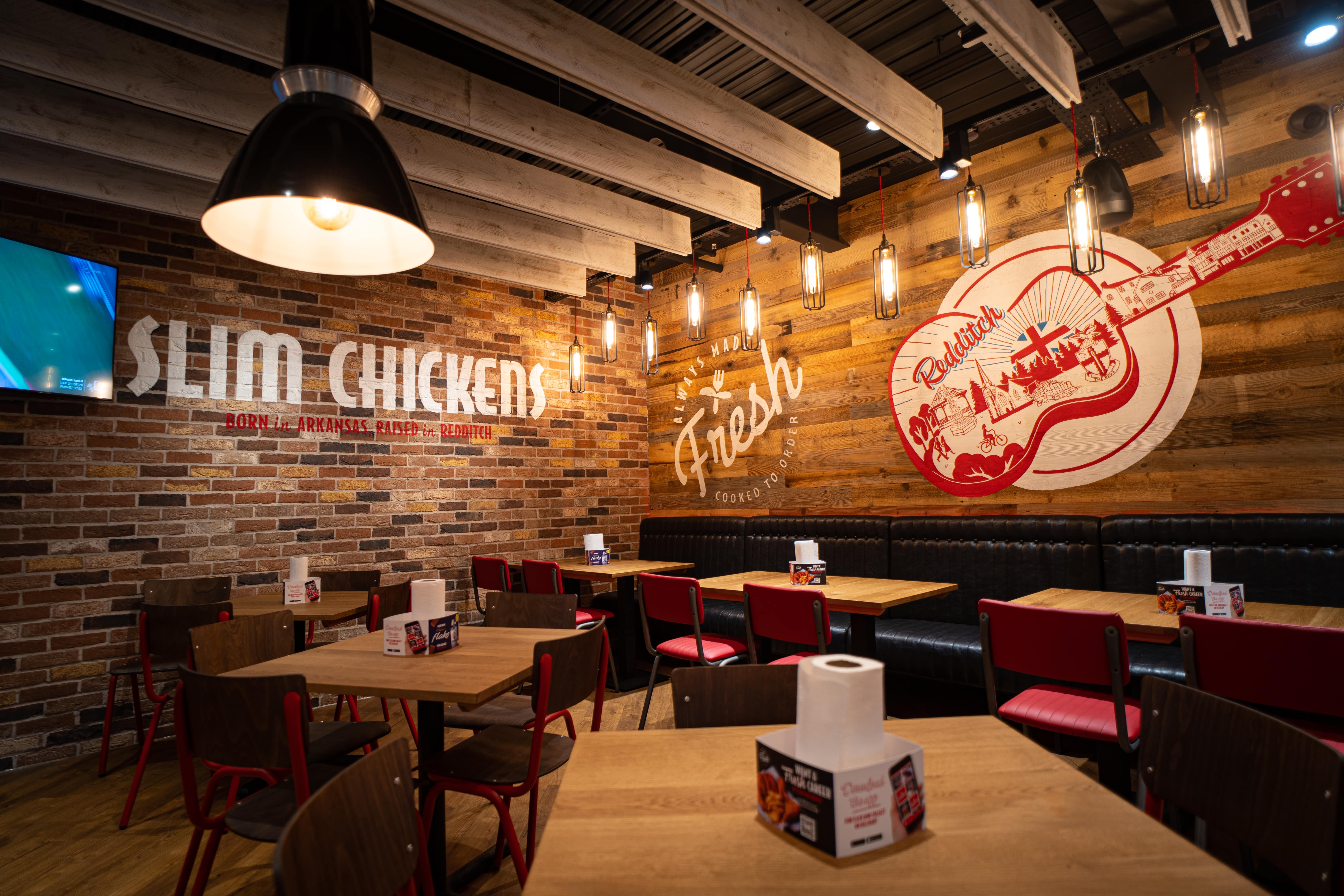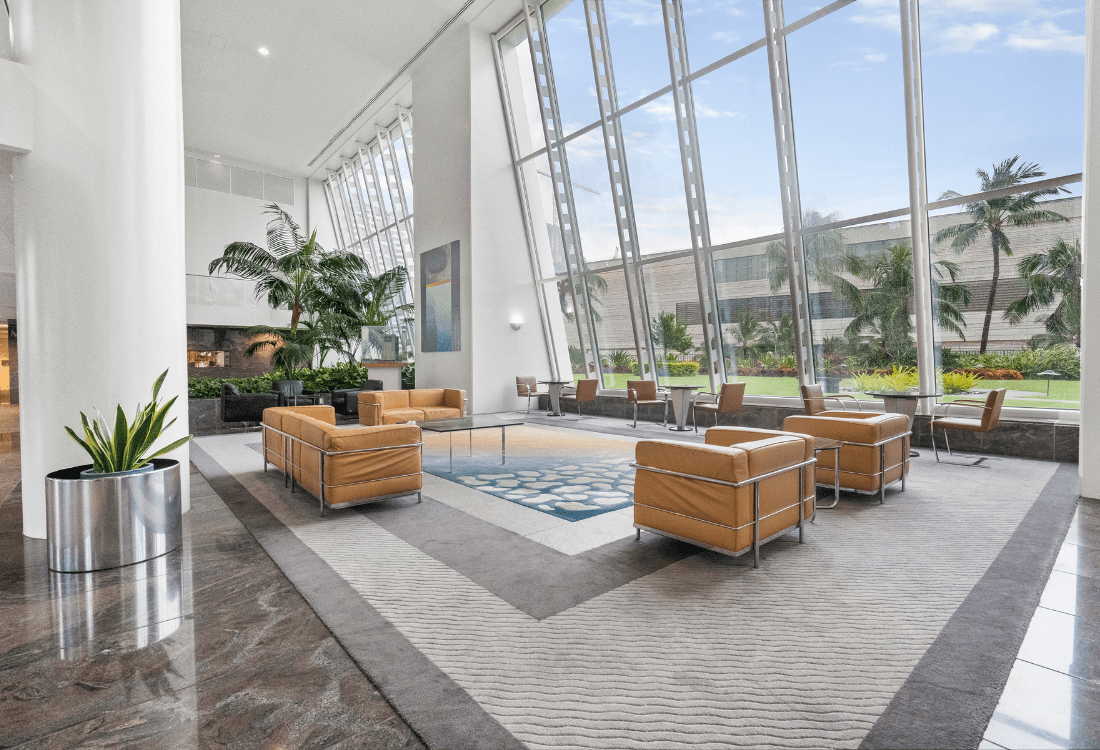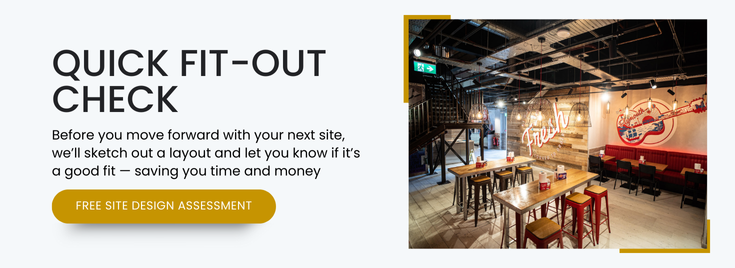How Retail Interior Design Helps Retailers
Retail design is often seen as a finishing touch or something that comes after serious planning is done. But in reality, the design of a retail space influences how people shop, how staff work, and how the business performs.
Good design is not just aesthetics, but optimised operations and functional efficiency.
Purpose And Functionality
The goal of retail shop interior design is to make the space work for everyone who uses it. That means customers and staff, as well as the brand itself. Layout, materials, lighting and signage all contribute to how a space feels and functions.
A shop that looks good but confuses customers will lose sales. A space that flows well, guides people naturally, and presents products clearly will support higher engagement and better returns.
Design helps a space do its job properly.
Encouraging Customer Interaction
Shoppers don't just respond to products; they also respond to the space around them. A thoughtfully designed interior can hold attention longer, make browsing easier, and increase the chance of a purchase.
Details like clear sightlines, intuitive layout, and lighting that highlights products all play a role. So do material choices, noise levels, and temperature. These elements combine to create an environment where customers want to stay, explore and buy.
This is how interior design helps retailers build a space that supports the business, not just decorate it.
Sales Opportunities And Layout
Design also shapes behaviour. By positioning displays and signage in the right places, guiding movement with clear routes, and zoning different areas of the store, a retailer can influence how customers interact with the space.
Effective commercial retail interior design uses layout as a tool. It draws attention where it’s needed and helps maximise the use of every square metre. It also allows retailers to adapt easily as products or promotions change.
Supporting Staff And Operations
Design affects staff too. If storage is in the wrong place, if lighting is poor, if circulation space is too tight, daily operations suffer. Morale drops and efficiency falls.
A well-designed shop works behind the scenes as much as it does out front. It supports workflows, provides easy access to stock, and helps staff stay focused and safe.
Standing Out In A Competitive Market
A shop that feels well-designed stays in the customer’s mind. It reflects the brand clearly and makes it easier for people to remember the experience.
Strong interior design helps a retail brand set itself apart. It builds loyalty not just through products, but through atmosphere, clarity, and comfort.
Sustainable Retail Design
Retailers also have an opportunity to reduce their environmental impact through design. Energy-efficient lighting, water-saving fixtures, and responsible materials reduce running costs and support sustainability goals.
Sustainable design isn’t a trend. It’s a practical choice with long-term value.
If you're planning to design a new store or refurbish an existing space, we can help. Our commercial retail interior design services create places that are pleasing to the eye and that support your brand and business goals, so make an enquiry today.
Image Source: Canva
You May Also Like
These Related Stories

How To Design Successful Food & Beverage Spaces

What Is The Importance Of Interior Design In The Hospitality Industry?





No Comments Yet
Let us know what you think